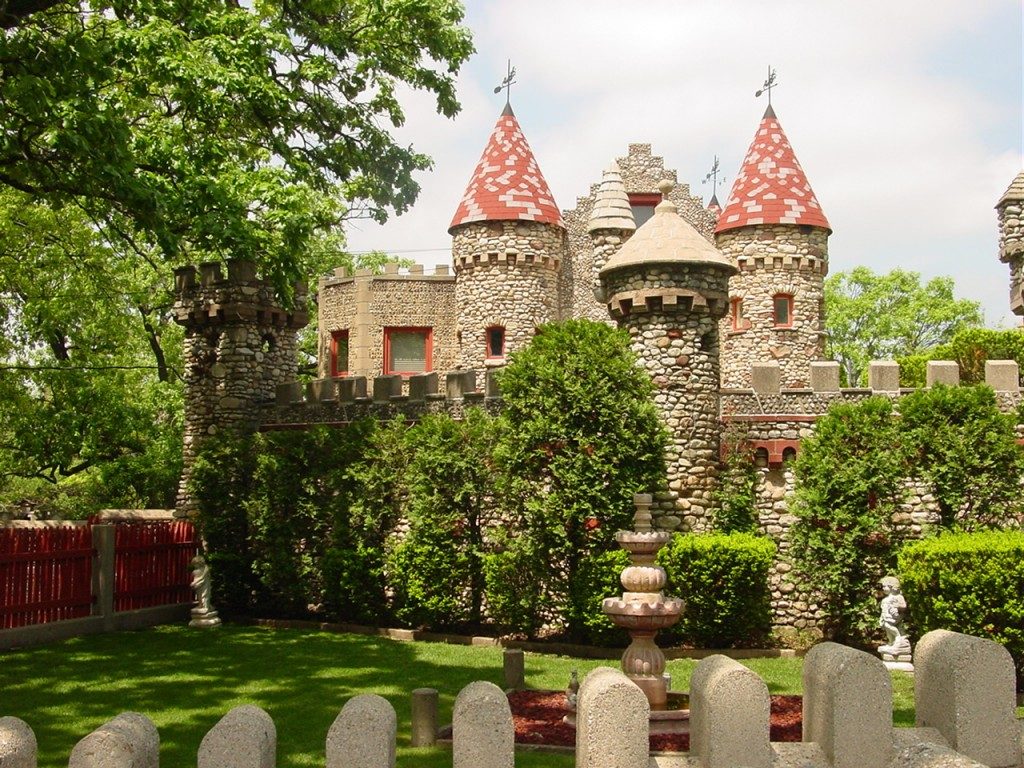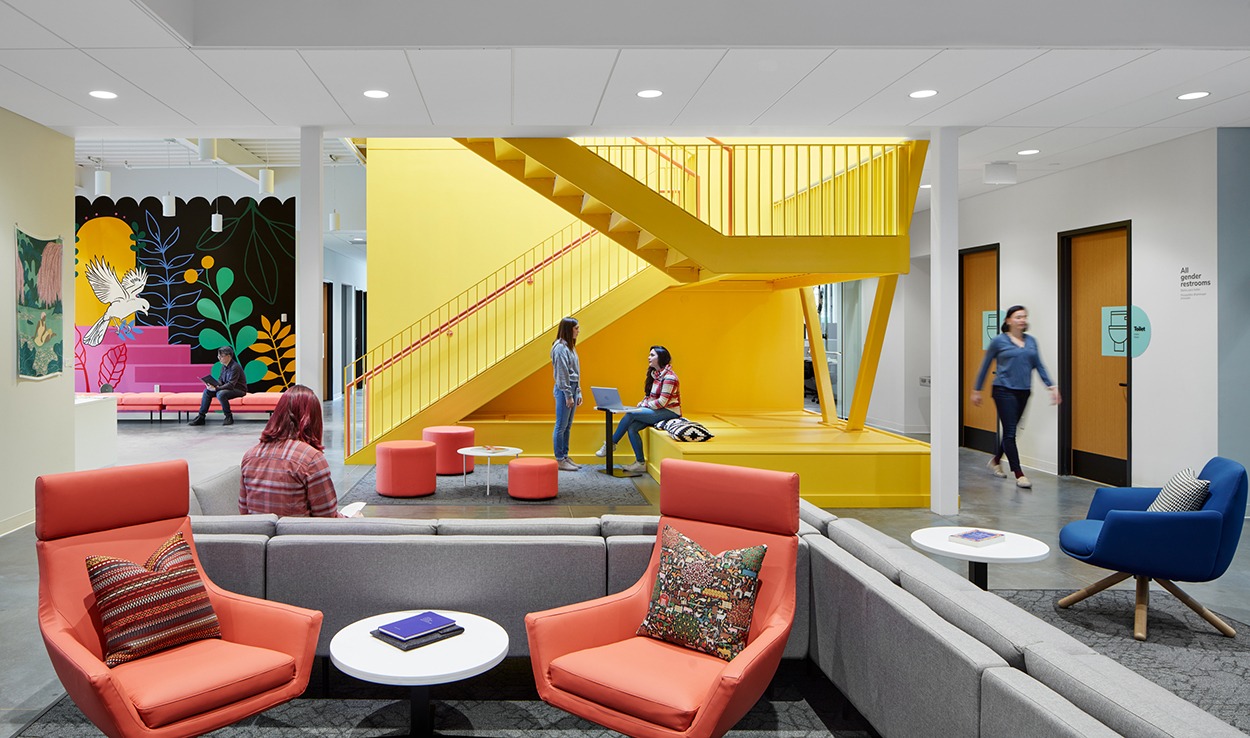Have you ever heard the story of the Fable Hospital? The one where a bunch of very smart people make the business case for building a better hospital using real-life examples and data on a make-believe project?
Fable was originally conceived in the early part of the last decade by Derek Parker, FAIA, RIBA -- who was with Anshen+Allen at the time, and also a member of The Center for Health Design's board of directors. He, along with fellow Center board directors Leonard Berry, Russ Coile, Kirk Hamilton, David O'Neill, and Blair Sadler took data from the Pebble Project and applied it to a 300-bed Fable Hospital to demonstrate how using evidence-based design innovations could save money.
They wrote an article that appeared in the Fall 2004 issue of Frontiers of Health Services Management. Sadler, Berry, Hamilton, and Parker along with Robin Guenther, Frederick Hessler, and Clayton Merritt published an updated version of the Fable story in the January-February 2011 issue of the Hastings Center Report.
Since then, not much as been made of the Fable Hospital story. Perhaps it is because it's just that -- a story. Even though these experts use real data to make a convincing case for return on investment of evidence-based and experience-based design innovations, no one hospital has implemented them (or most of them) and measured the results.
Cheryl Herbert, the first CEO of Dublin Methodist Hospital in Ohio (now Senior VP of Clinical Services for Ohio Health), modeled her new facility after the Fable Hospital, but the results were never fully measured or documented. (Take a tour of Dublin via this YouTube video.)
To be sure, it's hard to measure and collect data on savings or increased revenue from the design of the physical environment's impact on falls, transfers, medication errors, infections, length of stay, nursing turnover, nurse injuries, etc. And therein lies the problem.
Like any good story, though, we shouldn't forget about the Fable Hospital. The story needs to be told over and over until it becomes a reality. Because making the business case for building better buildings will always be relevant.
P.S. Please do me a favor -- if you liked this post and like this blog, please share it with others by sending them the link and/or post it on your Twitter, LinkedIn, or Facebook, etc. Also, don't forget to subscribe, so you'll get emails when new content is posted. Thanks!







